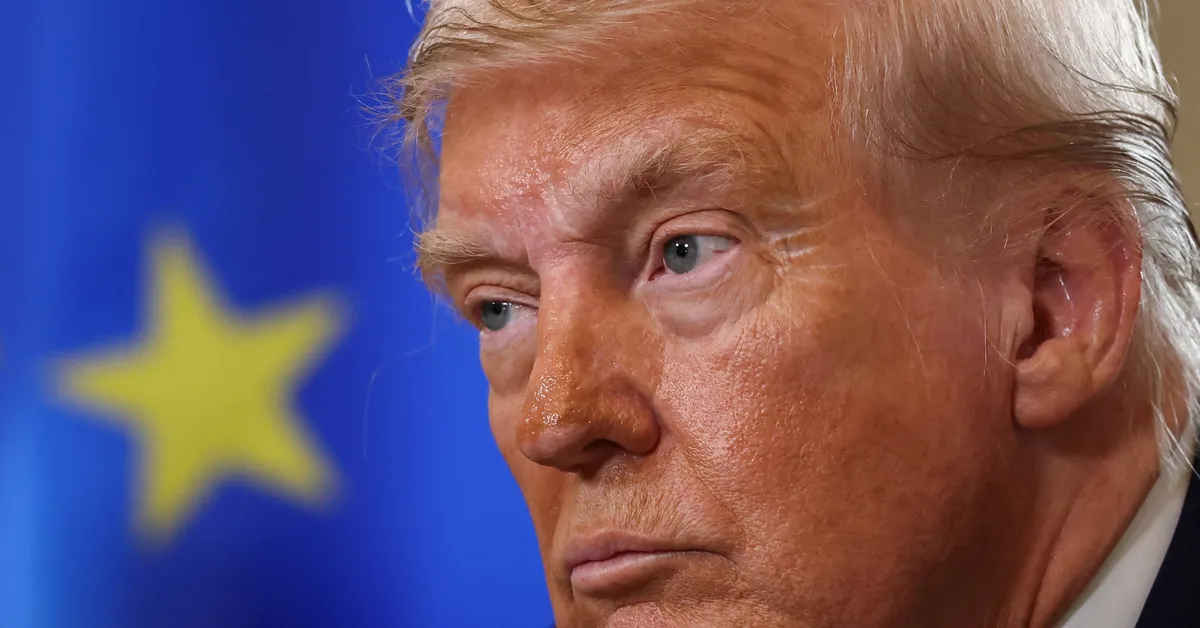
On August 1, a significant trade deal initiated by President Donald Trump will come into effect, reshaping trade dynamics between the United States and the European Union. Below are the main components of this agreement, as outlined by EU officials.
Under the terms of the new trade agreement, almost all EU goods entering the U.S. will be subjected to a 15% baseline tariff. This new tariff rate is important as it is applied in addition to existing tariffs, marking a notable shift in trade policy.
The automotive industry will see a reduction in tariffs, with cars and car parts now facing a 15% tariff—a significant decrease from the previous rate of 27.5%. This change aims to enhance trade relations and make U.S. markets more accessible to European automobile manufacturers.
For pharmaceuticals and microchips, the initial tariff rate will stand at 0% until the conclusion of Section 232 trade investigations. Following these investigations, the maximum tariff on these products imported from Europe will not exceed 15%, providing a temporary reprieve for these critical sectors.
The trade deal indicates that tariffs on timber and copper will be established following the completion of the 232 investigations. Similar to pharmaceuticals, these duties will not surpass 15%, allowing for a more stable trading environment in these sectors.
Currently, tariffs on European steel and aluminium remain at a high rate of 50%. However, both parties have agreed to transition to a quota system in the future. European steel exports that fall within the agreed quota will benefit from lower tariffs as per WTO rules, while those outside the quota will continue to incur the 50% tariff.
The U.S. and EU have committed to implementing zero-for-zero tariffs on a range of products, including:
All aircraft and their components Certain chemicals and generic drugs Semiconductor-making equipment Some agricultural products (excluding sensitive items like beef and poultry) Natural resources and critical raw materialsThis initiative is designed to enhance trade efficiency and foster closer economic ties between the two regions.
The deal does not yet specify a tariff rate for wine and spirits, which has been a contentious issue for both the U.S. and EU. Further negotiations are expected to establish these rates in the near future.
As part of the agreement, the EU has pledged to make strategic purchases totaling $750 billion during President Trump's administration. These purchases will encompass oil, liquefied natural gas (LNG), and nuclear technology. This investment strategy is tied to Europe’s planned reduction of energy imports from Russia, with the U.S. being the preferred supplier for microchips as an addition to the $750 billion commitment.
Additionally, European companies are set to invest $600 billion in the U.S. throughout Trump's second term. This figure reflects the collective investment intentions of European firms, contrasting with Japan's projected $550 billion investment package, which consists of loans and guarantees from state-run agencies.
The trade agreement also includes provisions for defense procurement, whereby EU member states will purchase U.S. military equipment. However, the deal does not specify the financial commitments involved in these purchases, leaving room for future negotiations.
Overall, this trade deal marks a pivotal moment in U.S.-EU economic relations, aiming to create a more balanced and mutually beneficial trading environment.